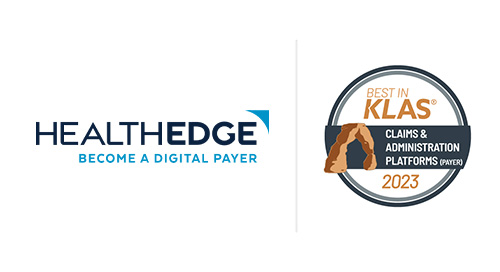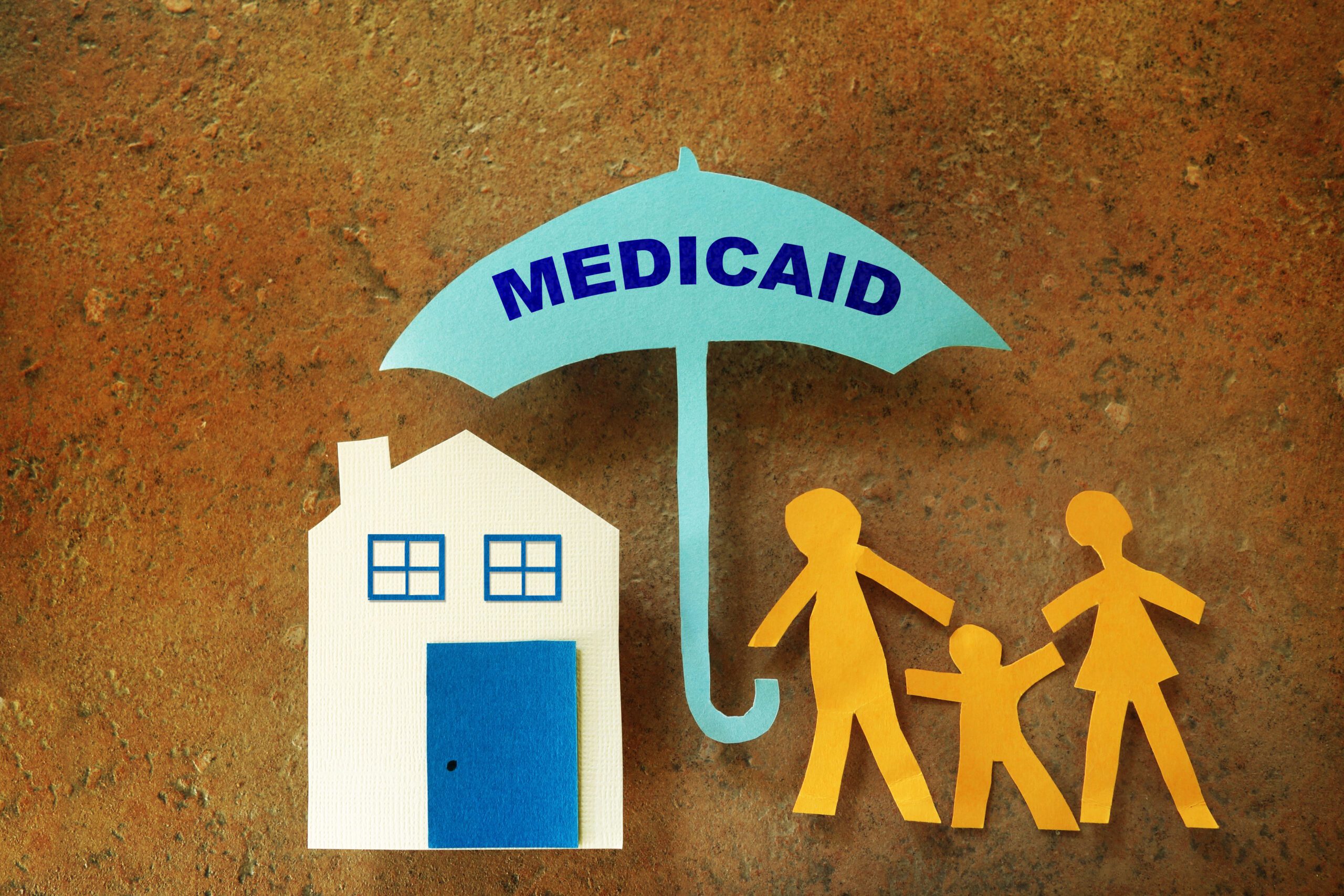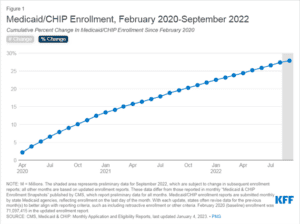HealthEdge’s Core Administrative Processing Platform Earns #1 Ranking
HealthEdge Software, provider of the industry’s leading next-gen integrated solution suite for health insurers, is proud to share that HealthRules Payer® earned the 2023 “Best in KLAS” title for Claims & Administration Platforms for the second year in a row. Healthcare IT data and insights company KLAS Research awards the annual recognition to companies ranking #1 in their category. Rankings are based on the opinions of healthcare professionals and clinicians in 23,000 evaluations across more than 4,500 organizations.
Powering plans across all lines of business, HealthRules Payer is solving some of today’s biggest payer challenges. An advanced core administrative processing system (CAPS) with capabilities far beyond legacy systems of the past, HealthRules Payer provides a transformational, digital foundation for health plans of all types and sizes. The next-gen application gives plans the agility, flexibility and insights to grow their business, embrace change, and swiftly address new regulations and market opportunities. In addition, the user-friendly platform reduces manual processing, empowering payers to improve operational efficiency through automation.
“We’re honored by the growing number of health plans that trust HealthRules Payer as the foundation for their digital transformation journey,” said Sagnik Bhattacharya, Executive Vice President and General Manager of HealthRules Payer. “We look forward to further accelerating health plan digital automation, flexibility and agility as today’s healthcare economy demands.”
What do HealthEdge customers say?
KLAS evaluations give a glimpse into what users are saying about HealthEdge & HealthRules Payer:
“HealthRules Payer is a great product. The system is very configurable, and we experience a high automatic adjudication rate for our claims, and those are really positive things. There are very few things that we haven’t been able to do in the system. I would buy HealthRules Payer again because it is a solid product. HealthEdge has done a lot of work and implementations, and they have created the best practices to move from one system to the next.” – Health plan COO, September 22, 2022
“HealthEdge stands out as the one vendor we would want to expand the business relationship with. When their CEO ascended, there was a shift in the philosophy of the company, and it became much more customer-centric. There is a whole chain of really talented people on their team, they have never hesitated to reach out, and our technical teams meet regularly. It is definitely a relationship we value quite a bit, even despite some bumps.” – Health plan CIO, September 22, 2022
“HealthEdge is at the forefront of things when it comes to staying current with the direction that healthcare is moving in the United States. Some examples of that are the ways that the vendor does value-based payments and makes sure that the system is aligned with the work that it needs to be. The vendor also keeps up the trend of moving toward a digital world. HealthEdge is very good at partnering with and acquiring other vendors.” – Health plan VP, September 22, 2022
Good Relationships + Good Technology = Customer Success
“Our company vision is to innovate a world where healthcare can focus on people,” highlights Steve Krupa, chief executive officer at HealthEdge “We’re thrilled to receive the “Best in KLAS” award for the second year in a row, and more importantly, help our payer customers write the next chapter of their story.”
Our healthcare SaaS software provides payers with a digital foundation that enables them to deliver a transparent and consumer-centric experience at lower cost while offering higher quality and higher service levels to their members, providers and partners.
HealthEdge’s Source Shines Bright in KLAS ‘Emerging Solutions Spotlight’
Alongside the “Best in KLAS” title honoring HealthRules Payer, KLAS Research surfaced high scores for prospective payment integrity platform Source, an integral part of the HealthEdge ecosystem. In a 2023 “Emerging Solutions Spotlight” examining product performance, KLAS details Source’s strong customer satisfaction scores, with A grades for all key performance indicators and success in achieving customers’ expectations. The report references high points called out by customers, including the tool’s biweekly updates around pricing guidelines and real-time claims processing that gets prices right on the first pass. Payers in the report credit Source for increased savings, reduced agreement volumes and workflow automation. KLAS Research highlights customer comments commending the company for listening to customer needs, providing frequent updates to reflect changes in fee schedules, and enabling visibility into Medicare rates and pricing. “What sets HealthEdge apart from other vendors is the capability to look up the Medicare rates in the system,” said a health plan director. “If we have, for example, a provider that says that we didn’t price a claim correctly, we love the way that the audit tool can go in and look at the claim.”
“As an interoperable, cloud-based platform built from the ground up, Source enables health plans to identify and fix issues at the root cause,” said Ryan Mooney, Source’s executive vice president and general manager. “With true transparency and control over their payment integrity operations, healthcare payers can finally unlock the ability to pay claims accurately, quickly and comprehensively the first time.”
Learn more about HealthRules Payer and Source.






